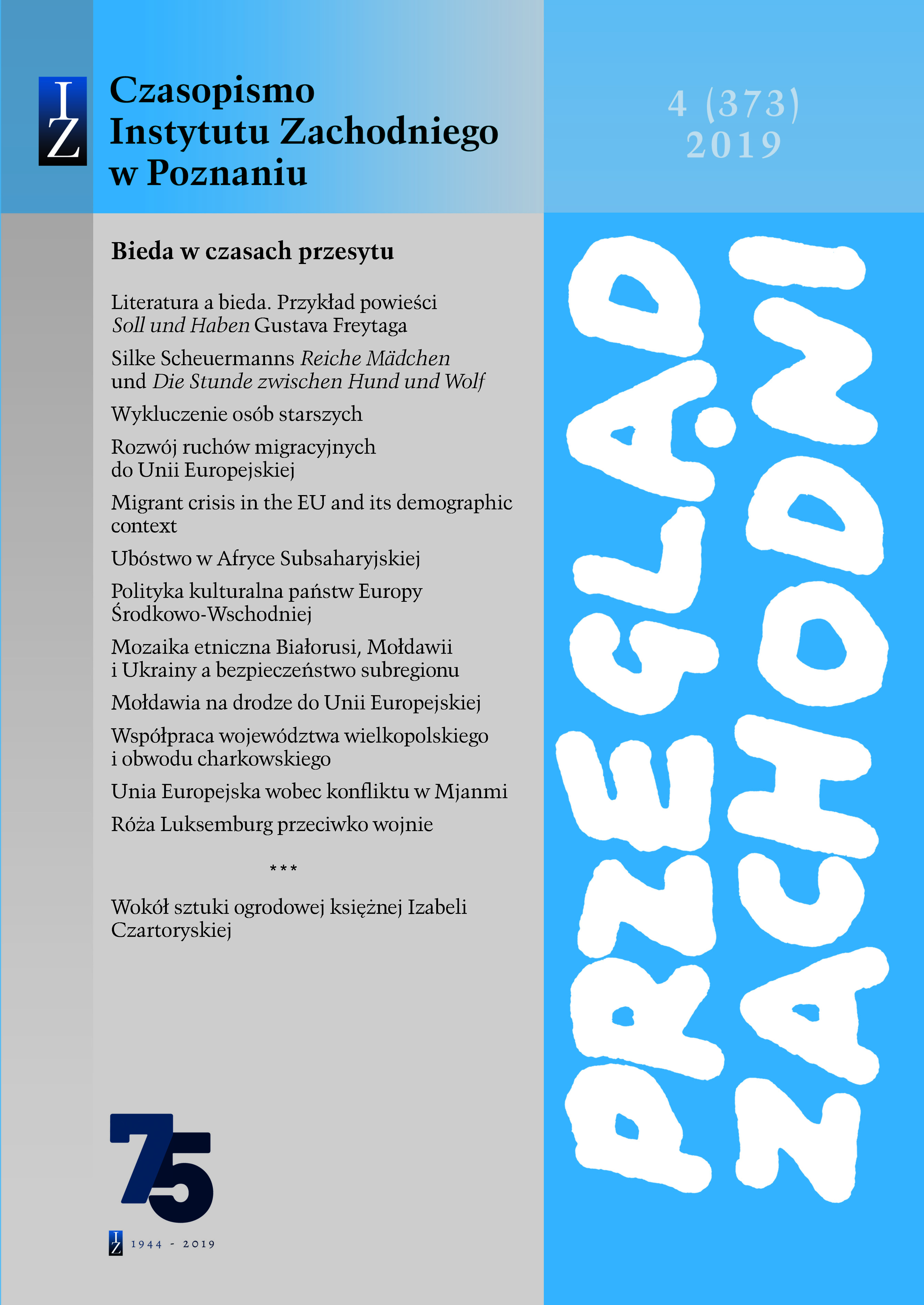Przeobrażenia w państwach Europy Wschodniej. Mozaika etniczna współczesnej Białorusi, Mołdawii i Ukrainy a bezpieczeństwo subregionu
Transformations in the countries of Eastern Europe. Ethnic diversity of contemporary Belarus, Moldova and Ukraine and security of the subregion
Author(s): Magdalena Karolak-Michalska, Wioletta WalochSubject(s): Ethnic Minorities Studies
Published by: Instytut Zachodni im. Zygmunta Wojciechowskiego
Keywords: ethnic structure; Eastern Europe; national minorities; ethno-politics; Belarus; Moldova; Ukraine
Summary/Abstract: Political and economic developments in the Eastern European countries are an important element of the public debate. Ongoing socio-political and economic transformation in the subregion (Belarus, Moldova, Ukraine) highlights the diversity of individual countries also in ethnic terms, with Ukraine and the current war in Donbass being a particular example, as well as Crimean annexation events where the nationality of the society plays a special role. The aim of the article is to analyze the ethnic structure of Eastern European countries in an attempt to identify the demographic potential of their national and ethnical minorities in the context of the threat to the security of the subregion. The research hypothesis is as follows: the demographic potential of national and ethnic minorities in the countries of Eastern Europe is an important element threatening the security of individual states. Detailed research questions take the following form: 1) What is the ethnic diversity of Belarus, Moldova and Ukraine? 2) Does the ethnic diversity of the subregion's states constitute an element of threat to their security and as a consequence to the security of the entire subregion? 3) Which of the minorities in the subregion has a real demographic strength (numerical potential) to threaten the security of Belarus, Moldova and Ukraine, respectively? Looking for answers to the research questions raised, the authors treat the determinants of the ethnic structure of the surveyed countries, then present a comparative view of the contemporary demographic picture of Belarus, Moldova and Ukraine, and also point to clusters of national/ethnic minorities in particular regions of the surveyed countries. Theyalso identifies the demographic potential of minorities in terms of security threats. In theirs final remarks they come to the conclusion that in comparison to the countries of Eastern Europe, particular national and ethnic minorities, due to their size, are an important crisis-generating element in Moldova and Ukraine (mainly the Russian minority), in contrast to Belarus.In the writing of this article the interdisciplinary research approach was particularly helpful, combined with the integrating quantitative method, qualitative analysis, and the comparative method.
Journal: Przegląd Zachodni
- Issue Year: 373/2019
- Issue No: 04
- Page Range: 147-174
- Page Count: 28
- Language: English, Polish

